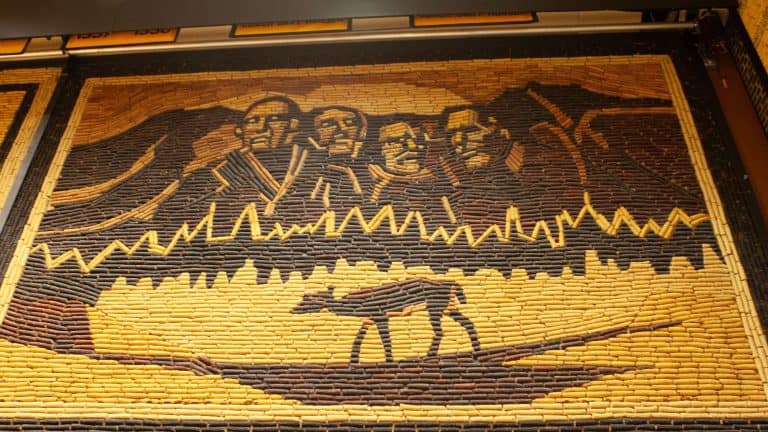Found By Accident contains affiliate links and is a member of the Amazon Services LLC Associates Program. If you make a purchase using one of the Amazon links (or other affiliate links), we may receive compensation at no extra cost to you. See our disclosure policy for more information.
11 Iconic London Places That Haven’t Aged A Day
London may be a sprawling metropolis of endless hustle and horns, but tucked amidst its chaos are pockets of time travel waiting to happen. Here, the scent of history lingers like an overzealous guest at a party (think musty parchment, old wood, and maybe a hint of brewery air that’s been hanging around since Dickens strolled these streets).
The city’s timeless corners whisper (and occasionally shout) tales from centuries past, with creaky floors, gas-lit lampposts, and cobblestone streets so uneven they’re practically a trip down memory lane. Hopefully, not literally.
So prepare for cobwebbed charm, scandalous history, and a few places so unchanged they may as well come with a “Pause Button Activated” sign. Let’s take a look.
Leadenhall Market

Step into the pages of a Victorian novel and feast your eyes on the architectural love affair that is Leadenhall Market. With its meticulously painted wrought-iron arches and a ceiling of stained glass that throws kaleidoscopic light onto the cobblestones, you’d be forgiven for assuming you walked into the past.
Dating back to the 14th century, this market has done more reinventions than a fading rockstar. Once a bustling meat and poultry market, today it’s home to boutique shops and high-end eateries.
Located smack in the heart of the city, the air hums with the clash of ancient grandeur and modern capitalism. Pop by for lunch or to pretend you’re in a movie. Don’t worry, you wouldn’t be the first.
Hampstead Village

Tucked away from London’s hustle, Hampstead is a living contradiction. It’s a countryside hamlet play-acting at being a posh district, where cobblestone lanes meander past Georgian houses so pristine you’d swear Martha Stewart had a hand in it.
The scent of fresh-baked bread wafts out of artisan bakeries (because supermarket loaves would be an insult here), while upscale pubs entice you to linger longer over an overpriced pint. And Hampstead Heath sprawls nearby, an untamed expanse of green that somehow feels more authentic than London’s manicured parks.
Strolling through Hampstead is like stepping into a painting, except you can’t put a price on peeling paint and quaint imperfection. Bring sturdy shoes and a wallet heavy enough to handle boutique temptations.
Temple Church

Cue the dramatic music and flickering torches. Built by the Knights Templar (you know, those mysterious dudes in chainmail), Temple Church is like walking into the set of a medieval drama.
Built in the 12th century, this church hasn’t aged a day. It’s all Gothic arches, eerie tomb effigies, and a “Round Church” section designed to mimic the Church of the Holy Sepulchre in Jerusalem.
Located along the cobbled Inner Temple courtyard, it’s astonishingly easy to miss… until its stone walls loom above you like they’re keeping medieval secrets. Pew creaks, candlelight flickers, and faint whispers of Latin liturgy may haunt your experience.
Middle Temple Hall
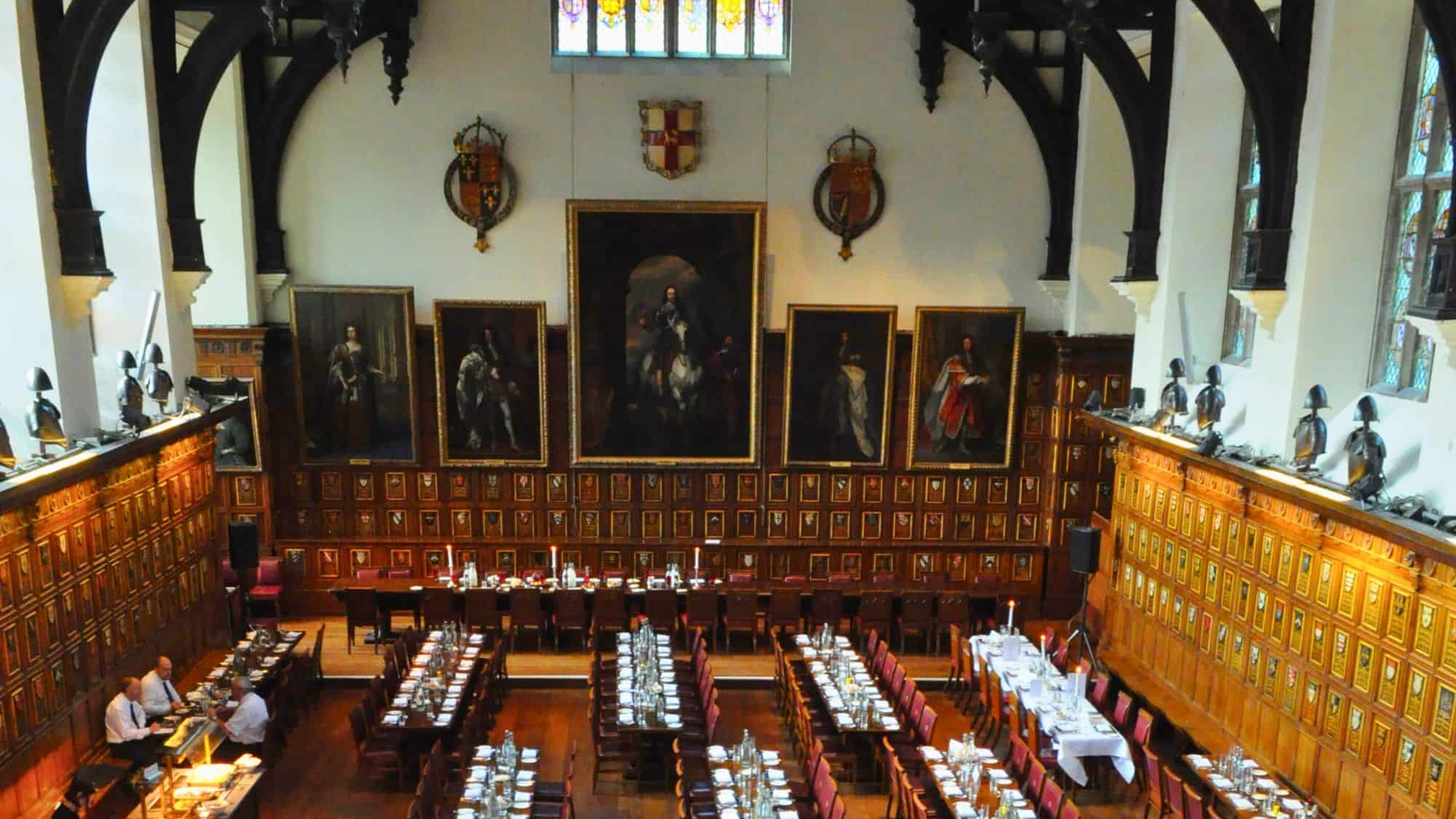
Middle Temple Hall is not just a building; it’s a bragging right. Boasting Elizabethan timber so meticulously crafted it feels like it holds grudges against modern architecture, this grand hall has pedigree to spare.
And by pedigree, I mean Shakespeare himself popped in to perform Twelfth Night here. Built in 1570, its hammer-beam roof stretches overhead like a ribcage protecting centuries of dazzling history.
Today, lawyers pad the surrounding halls in their robes and wigs, but step inside the Hall, and it feels like time threw up its hands and froze. Located near the Thames and off Fleet Street, Middle Temple Hall oozes royal opulence with none of the pretense.
St. Bartholomew-The-Great
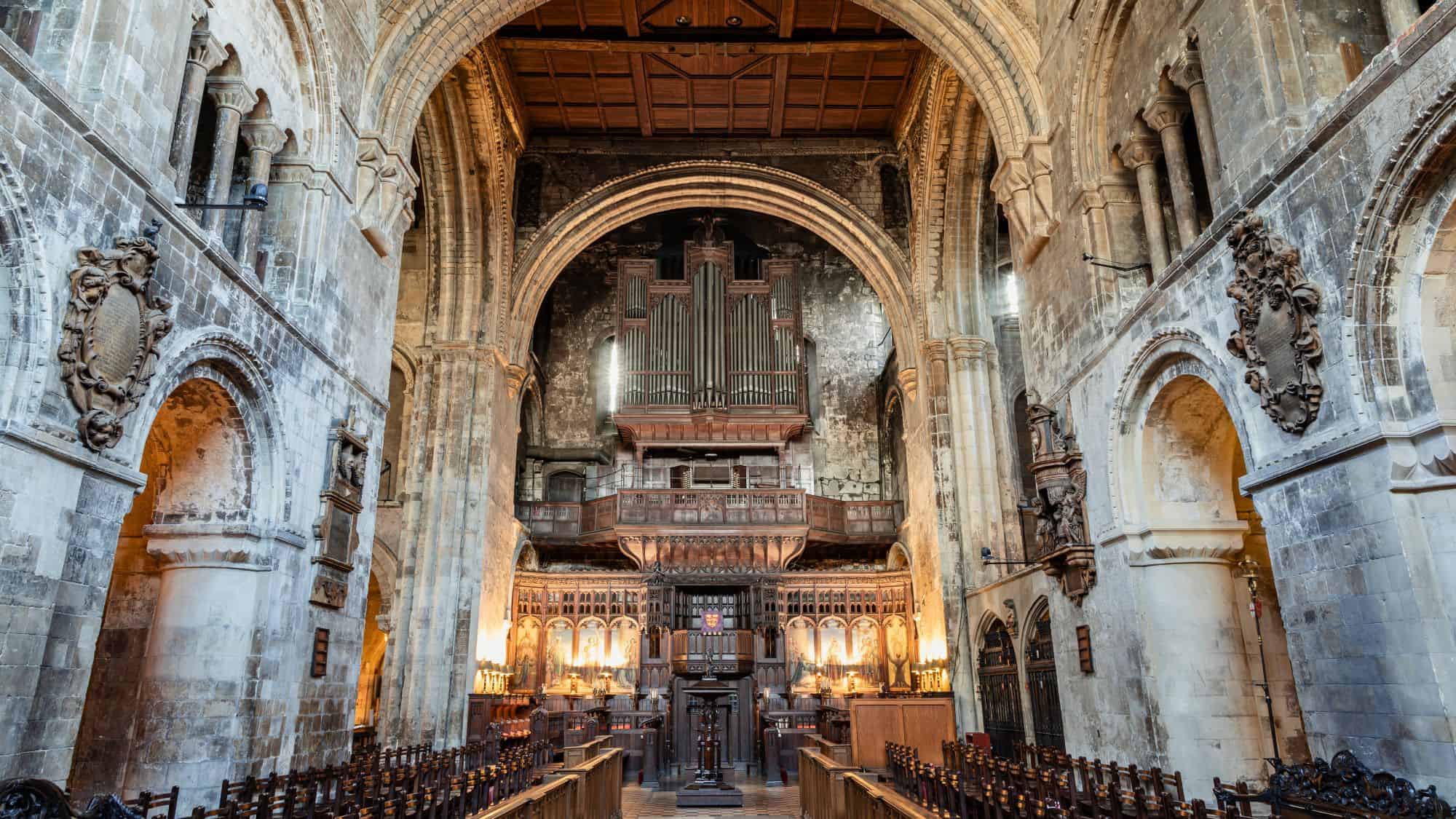
Old doesn’t even begin to cut it for St. Bartholomew-the-Great. London’s oldest surviving church, founded in 1123, this medieval masterpiece has seen it all. From surviving the Great Fire of London to dodging the Blitz, it’s got more street cred than most rock bands.
With Norman arches and a chancel so atmospheric you half-expect monks to chant at any moment, this church thrives on its ghostly charm. It’s tucked away in Smithfield, near the famous meat market, retaining an aroma of bygone scents and curing spices.
And the dim light streaming through centuries-old stained glass makes it feel as though history itself left fingerprints here. Entering can give you the chills (and no, it’s not just the draft), so beware. But it’s a true standout, even in a city drowning in history.
Wilton’s Music Hall

Enter Wilton’s Music Hall, and it feels as though you’ve been transported into the heart of a Dickensian dream. This creaky, timeworn hall (touted as the world’s oldest surviving grand music hall) oozes with 19th-century charm like a sepia-toned photograph brought to life.
Opened in 1859, it’s a rare relic of London’s theatrical heyday, with its peeling paint and scuffed floors proudly wearing the scars of countless performances. Located in the East End, its faded opulence remains shockingly alive, hosting concerts, plays, and the odd cabaret.
But don’t expect luxury; think more “bohemian grit” than “designer polish.” But the warm glow of gas-style lamps, the smell of aging wood, and the echo of a violin tuning on stage make this a theatrical time capsule worth every creak and groan.
Little Venice
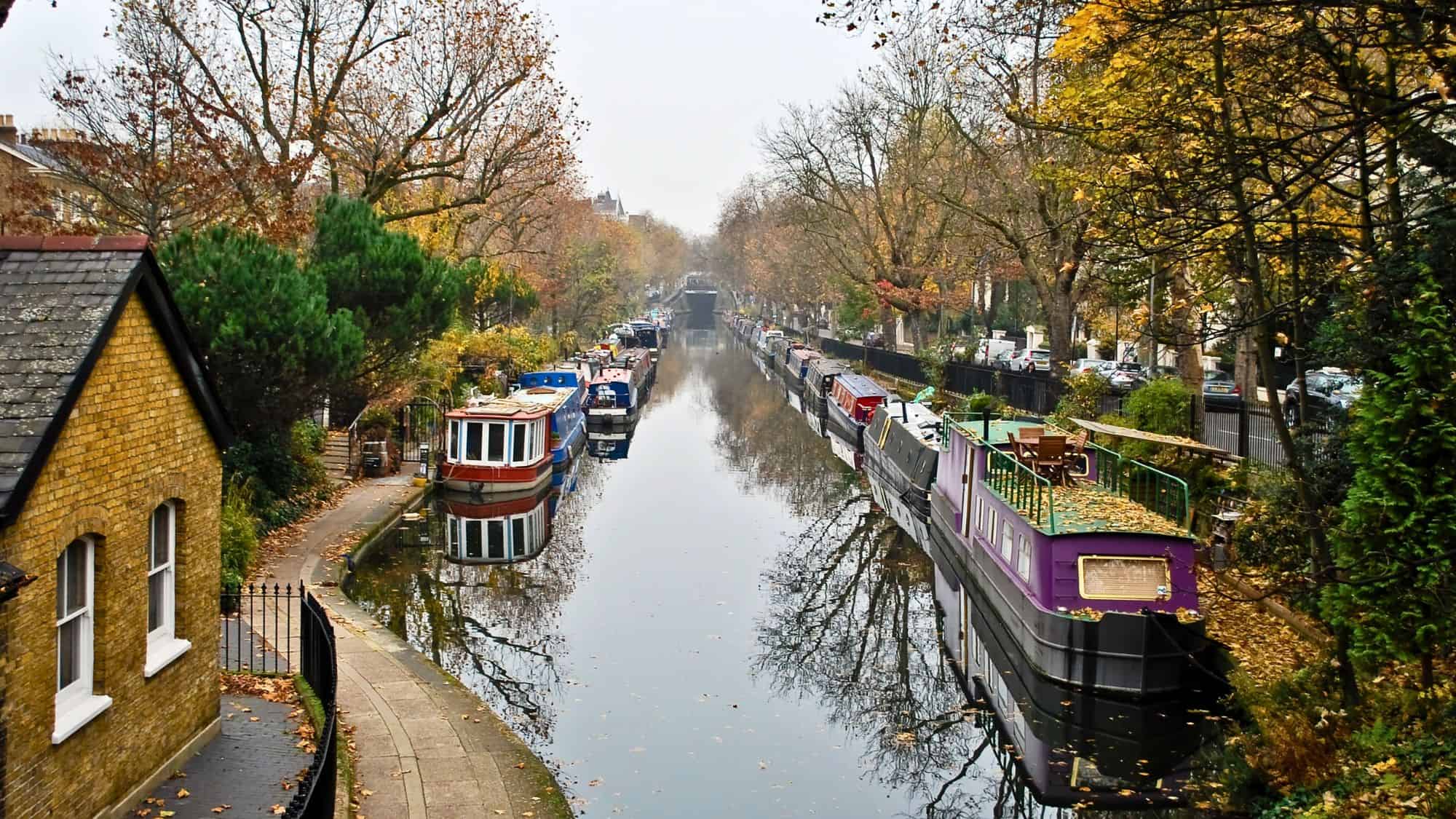
Little Venice is where London trades its chaotic buzz for gentle canal ripples and narrowboats that look like they’ve been lifted from a countryside dream. Situated near Paddington, this idyllic pocket feels like an unhurried world away.
The water’s edge here isn’t just a place to walk; it’s where life slows to a mellow drift. Imagine popping into waterside cafes for pastries that smell like buttery heaven or hopping on a boat for a peaceful glide toward Regent’s Park.
Quaint houseboats, adorned with flowing potted plants, line the canal, offering a glimpse into a bygone era when canals were bustling highways. But these days, it’s less an industrial hub and more a picture-perfect escape you can’t help but photograph.
Charterhouse

Charterhouse is a historian’s fever dream wrapped in centuries of quiet dignity. Once a Carthusian monastery in the 14th century, this sprawling complex near Smithfield has shapeshifted through time (from plague pits to a Tudor mansion to a charitable school).
Its shadowy courtyards and stone corridors seem to hum with murmured prayers and whispered secrets, as if the walls themselves are hoarding centuries of juicy gossip. And the Great Chamber, with its intricate wood paneling and commanding portraits, is practically begging for a BBC period drama.
Stroll through the gardens, and you might just catch the faint scent of roses mingling with brick dust (history’s perfume, if you will).
Spitalfields’ Georgian Terraces
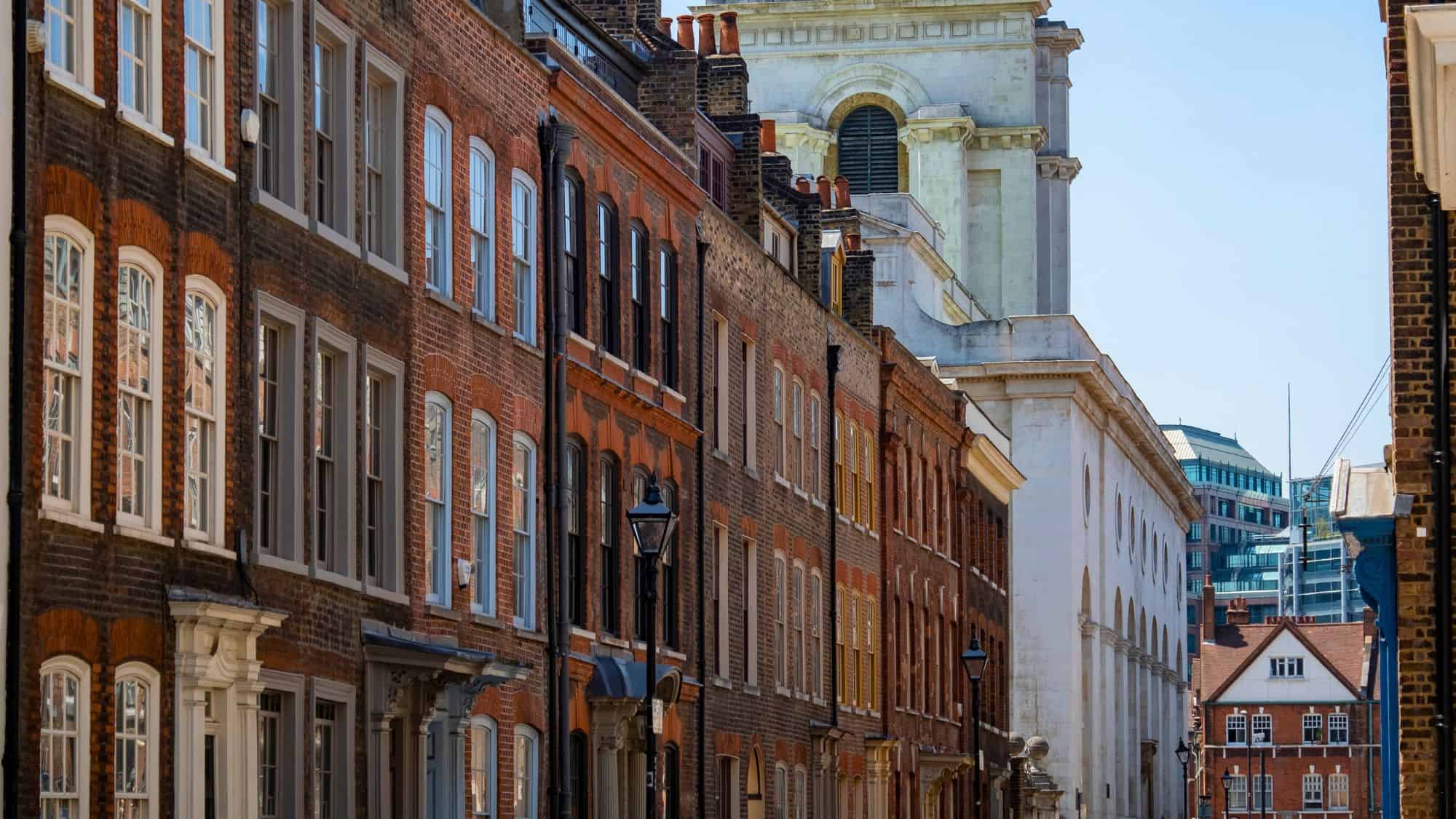
The Georgian terraces of Spitalfields are London’s architectural equivalent of whispers through time. These rows of Huguenot silk-weavers’ houses, a 1700s enclave turned bohemian haunt, have somehow managed to sidestep gentrification’s clutches (or at least put up a good fight).
Step onto Fournier Street, and you’re wrapped in an eerily preserved world of paneled doors and sash windows. You can almost hear the clatter of wooden looms and the faint hum of weaving chatter.
Today, these houses shelter artsy galleries, antique shops, and residents fiercely clutching onto their corner of history. And the smell of brewing coffee mingling with dusty books wafts from cozy cafes nearby. The area is charming, a little weathered, but undeniably captivating.
Daunt Books
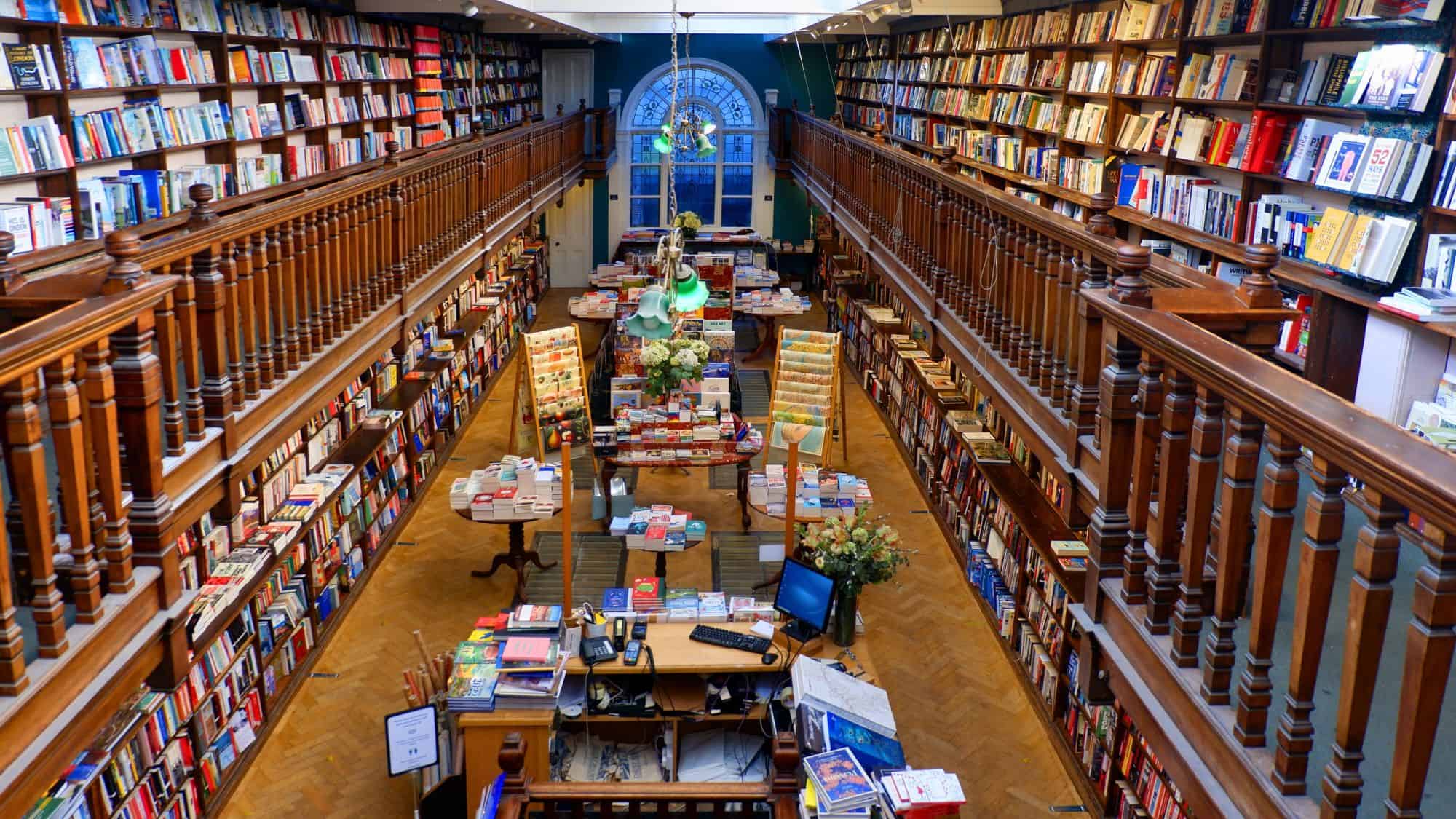
Daunt Books isn’t just a bookshop; it’s the bibliophile’s equivalent of stepping into a cathedral. The Edwardian oak galleries, bathed in light from vast skylights, transport readers into a sanctum of literature like no other.
First opened in 1912 on Marylebone High Street, it’s a labyrinth of wooden shelves groaning with books organized by geography. Planning a trip to India? You’ll find everything from guides to Kipling nestled together for the ultimate literary send-off.
The aroma of freshly printed paper mingles with the aged scent of polished oak, teasing your literary senses. And whether you’re there to actually buy a book or just browse under the high ceilings, it’s an experience of intellectual escapism with zero pretension.
Ye Olde Cheshire Cheese

Ye Olde Cheshire Cheese is less pub and more living relic (or perhaps a crypt, given its dimly lit maze of underground rooms). Rebuilt in 1667 after the Great Fire of London, this Fleet Street tavern has seen history guzzle pints at its tables.
Samuel Johnson and Charles Dickens were regulars here, though thankfully, the beer’s moved on from their era. Stepping inside is like plunging into a time capsule of wood-paneled walls and sawdust-strewn floors. It has the warm, yeasty scent of ales wafting from the bar, where the service comes with a side of good-natured grumbling.
Above ground, it’s snug and charming; below, it’s an inky labyrinth of tradition. And if buildings drank, this pub would be the most seasoned ale connoisseur in London.
Like Our Content? Make sure to join our newsletter for all the latest on outdoor adventures (and a FREE STARGAZING GUIDE). Click here to sign up!






